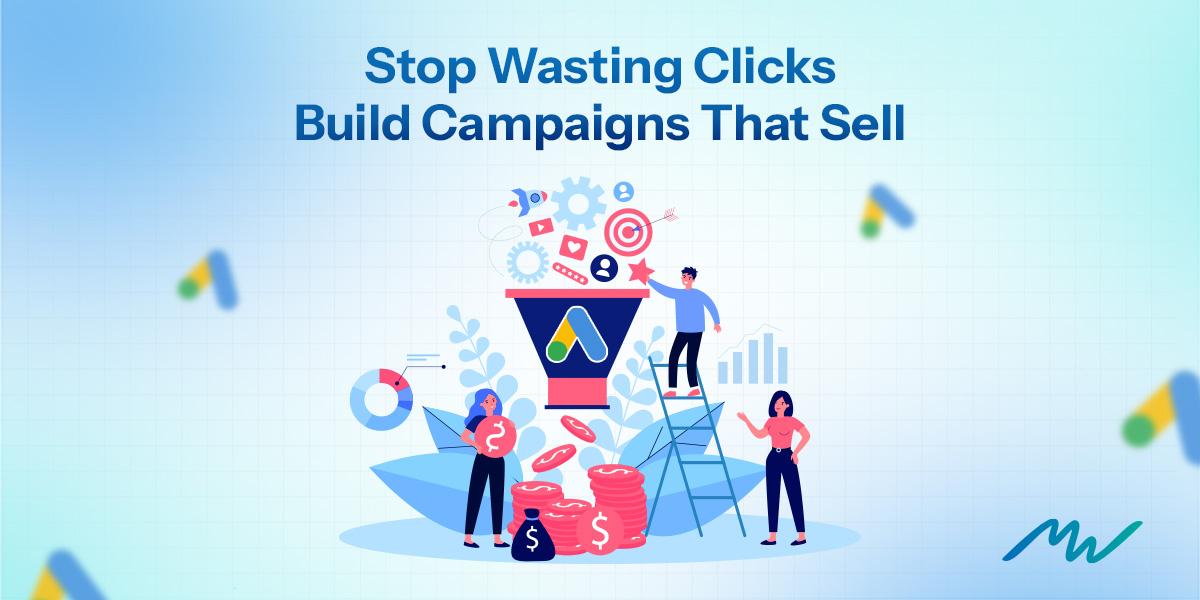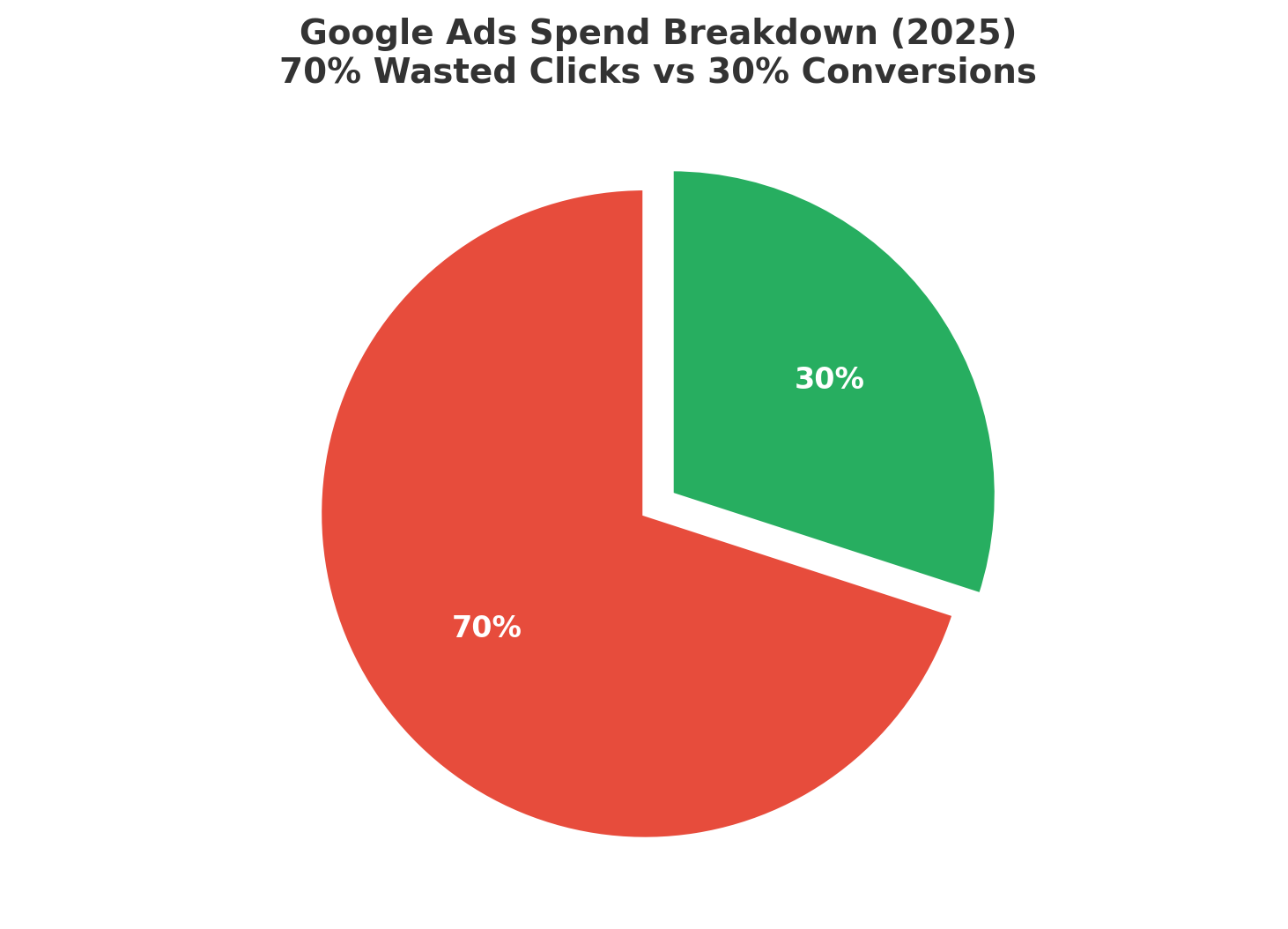Aim for 3–5% in eCommerce or 10–15% in lead generation. Track and beat your baseline monthly.
- High-converting campaigns focus on actions, not clicks—aligning ads with audience intent boosts ROI.
- Clear goals and audience research are the foundation—sales, leads, or traffic all require different strategies.
- Landing page alignment is critical—consistency between ads and pages can cut bounce rates by 50% and raise conversions.
- Testing and tracking fuel growth—A/B testing headlines, CTAs, and bidding strategies can double results.


.png)

.png)
.png)



